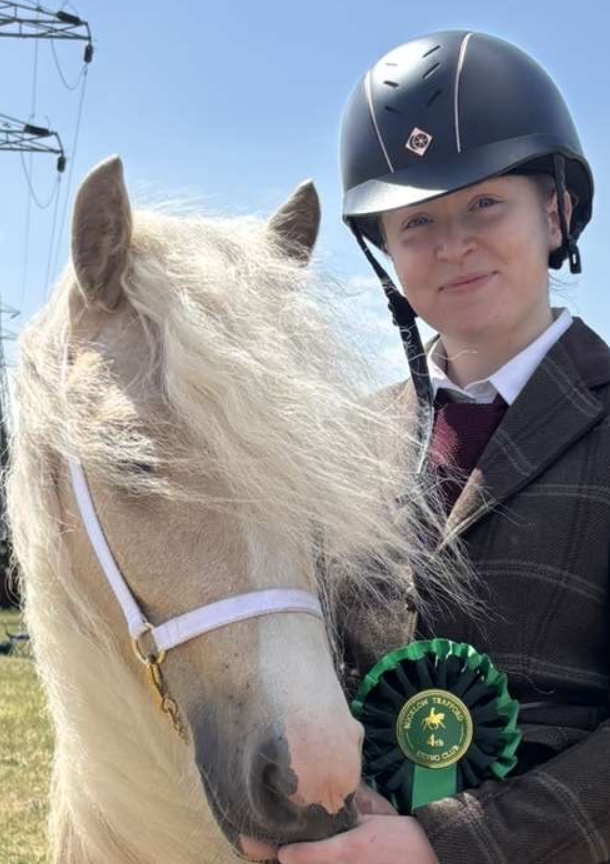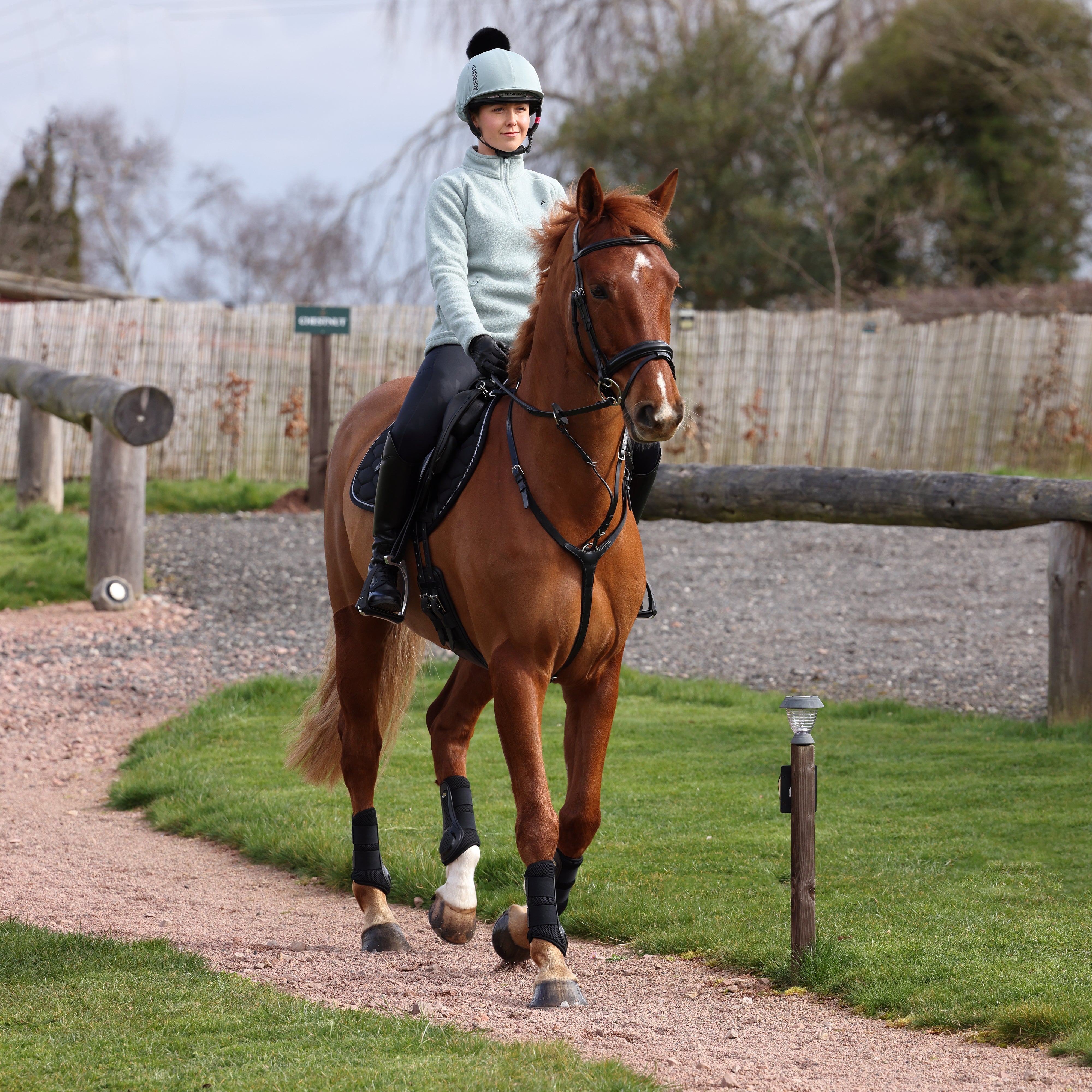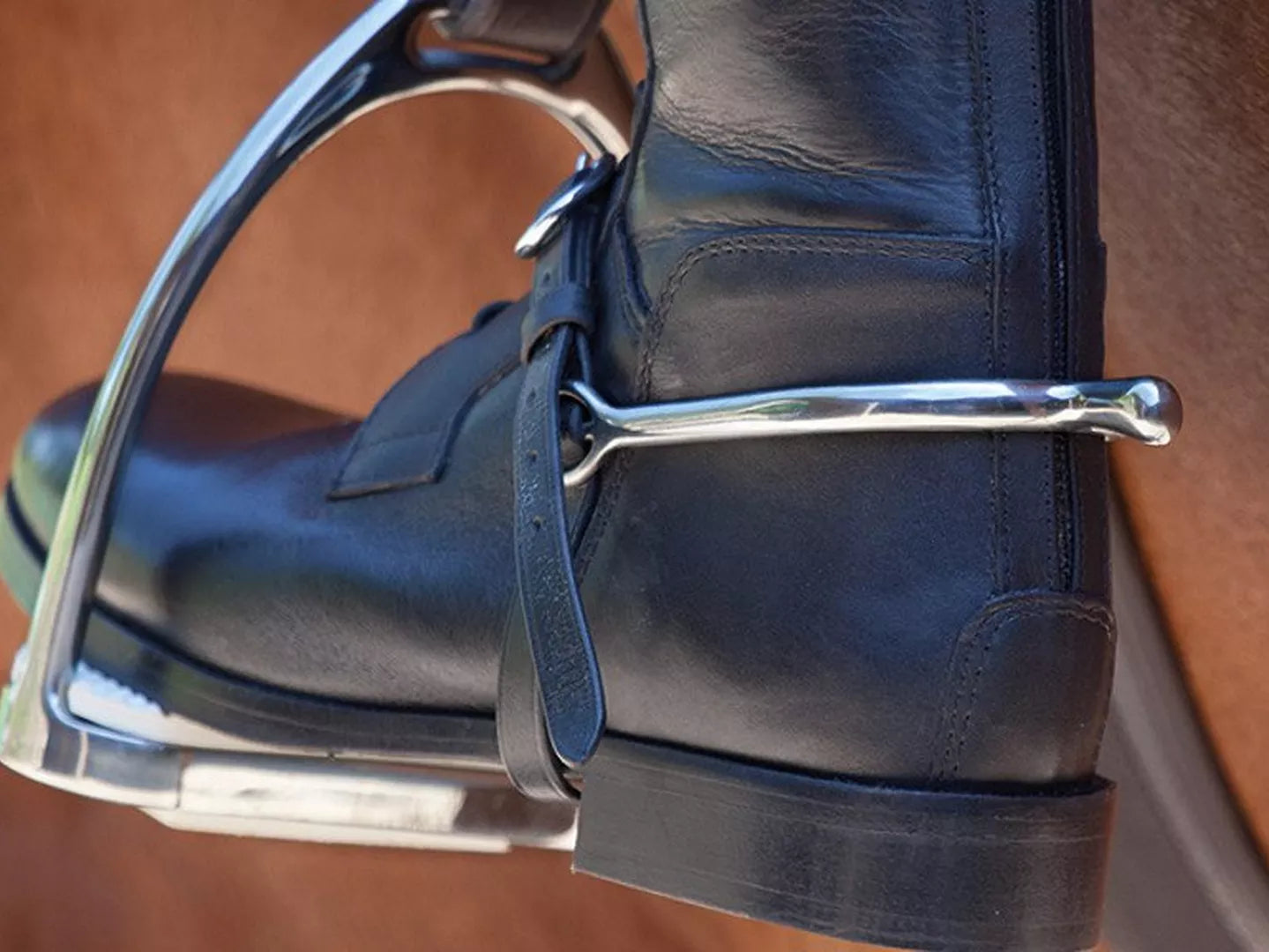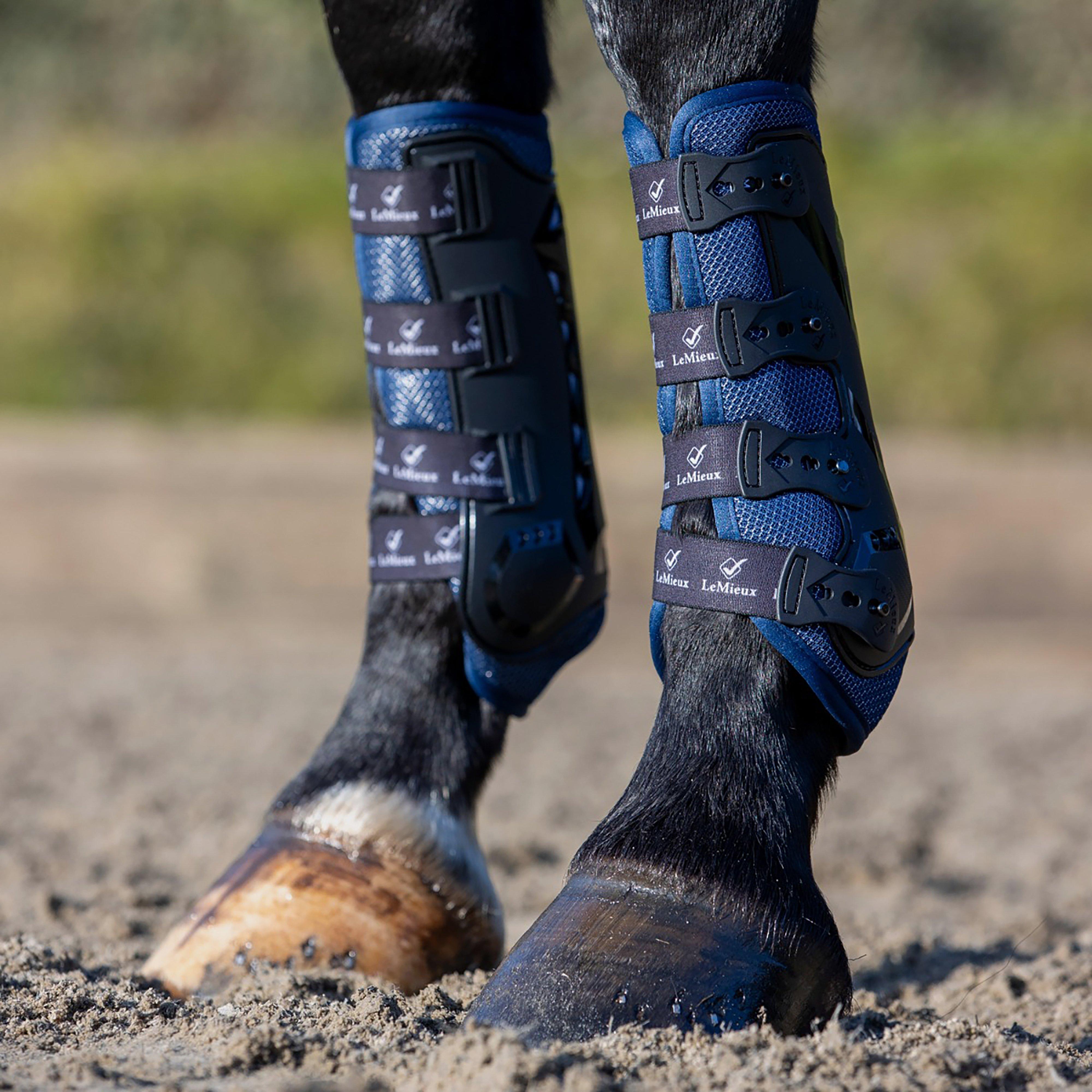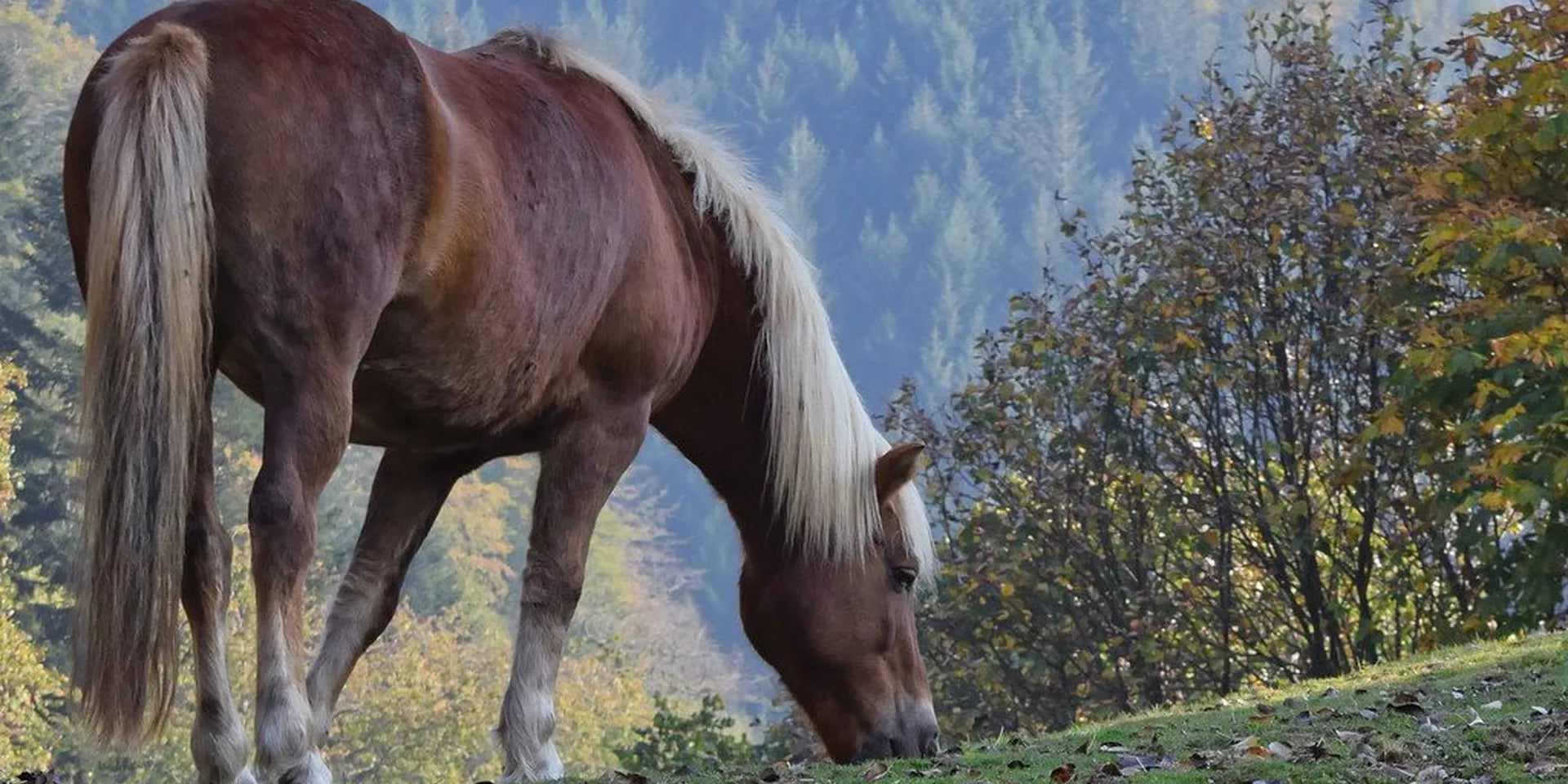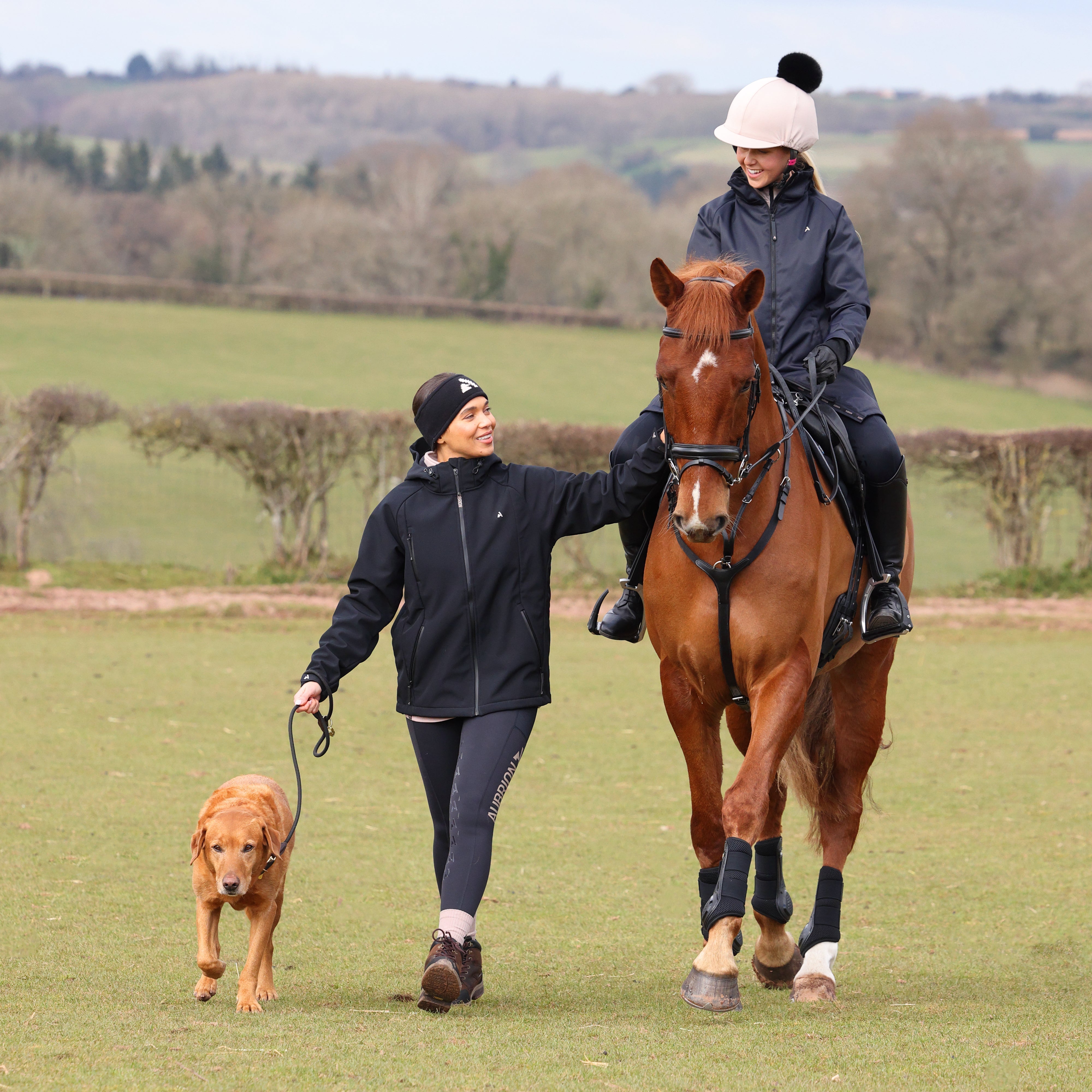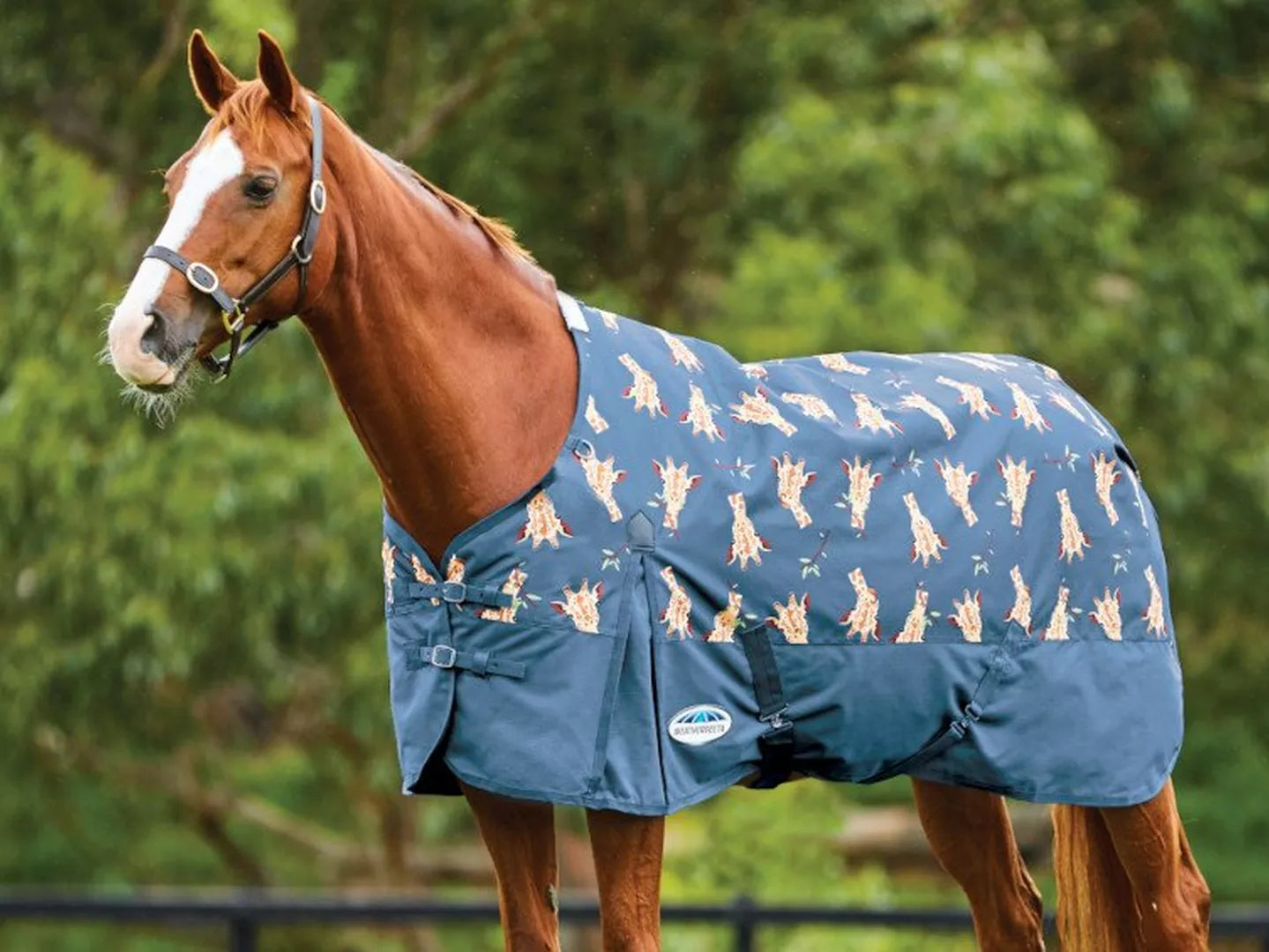Summer is here and for most equestrians that means more turnout for our horses. As a general rule summer time tends to be easier for us equestrians; fewer daily chores, much less mud, generally nicer weather for riding and turnout and lighter evenings. Follow our top tips to make your summer turnout as easy and stress free as possible.
1. Paddock Maintenance
Whether your horse lives out 24/7 or is turned out for a few hours a day, careful and regular paddock maintenance is crucial to your horse’s health and welfare.
Fencing
There are many types of fencing suitable horses that will suit most budgets, land and requirements. Fencing should be inspected daily to make sure they remain safe and secure. As a guide fencing should be between 1.08m-1.38m (3.5ft-4.5ft) in height.
Suitable fencing includes:
- Wooden post and rail – safe, secure and highly visible but expensive and will deteriorate over time.
- Stone walls – durable, natural form of shelter but expensive to install and maintain.
- Hedges – natural form of shelter but not always 100% secure and can take years to grow to a suitable thickness. Some hedges can be poisonous so please ensure you check.
- Plastic fencing – low maintenance, weather resistant but expensive and may weaken over time.
- Electric fencing – versatile, relatively cheap, ideal for dividing grazing but can be insecure, must be introduced carefully and use highly visible tape.
Unsuitable fencing
- Plain wire – must be kept taught and used in conjunction with wooden rails so ensure stability.
- Stock fencing (mesh) – horses and especially ponies can get their hooves caught in the smaller lower holes.
- Barbed wire – can cause serious injuries to horses.
Gates/Access points
- Should allow for safe passage.
- Try to avoid placing gates in corners as horses may get pinned or trapped.
- Should be on hinges, open easily and secure properly.
- Consider a padlock on boundary gates and those leading onto a road
- Hard standing material or hardcore may be needed in gateways that become waterlogged or poached.
Weeds and Poisonous Plants
Horses are more likely to eat weeds and poisonous plants when grazing is limited or poor. Starvation and paddocks used for obese or laminitic horses should be regularly checked for weeds and poisonous plants as there is often little grass growth and horses may try to seek out other things to eat.
Poisonous plants should be removed immediately from the root and horses should be removed from the area while the issue is dealt with. Some poisonous plants for horses include (this list is not exhaustive)
- Plants – Bracken, Buttercup, Horse Radish, Horsetail, Iris, Lily of the Valley, Hemlock, St John’s Wart, Ground Ivy, Deadly Nightshade, Foxglove, Ragwort, Henbane, Larkspur, Linseed, Lupin
- Trees & Shrubs – Oak, Pivet, Rhododendron, Laburnum, Yew, Box, Broom.

- Ragwort is very dangerous to horses and needs to be dealt with quickly and efficiently. The British Horse society offer a very insightful free leaflet on Ragwort and the dangers.
2. Managing Summer Turnout
Summer turnout is not a simple as putting your horse out in a grassy field to fend for himself until autumn. Although summer is a much easier time of year time must still be taken to ensure it is managed correctly.
Grazing
Grazing should be introduced slowly to help reduce the risk of health problems like colic and Laminitis. Horses that have been kept in for the majority of winter due to turnout restrictions are likely to gorge themselves on lush spring grass given the chance, this can of course lead to health risks like colic and Laminitis. Grazing should be introduced gradually over the course of a week or two so your horse gets used to his new grass filled diet and routine. Beginning with a few hours each day is the preferred approach. We’ve got an extensive laminitis article on the blog.
Horses are selective grazers and will avoid eating in areas that are used as a toilet. Removing droppings regularly and cross grazing with other animals can help combat this problem. Sheep and cattle will graze off the rough areas that horses avoid.
Field Size
The BHS recommends a ratio of 2 horses per hectare (1-1.5 acres per horse) when on permanent grazing. Factors that should be taken into account when assessing/choosing grazing:
- Size and type of horse.
- Requirements of horse – does your horse need good quality grazing to maintain condition or restricted grazing to prevent obesity and health problems?
- Time of year.
- Quality of pasture.
- Number of animals on the pasture.
Rotation
Fields should be used on a rotational basis to allow recovery. If the same field is used continuously it can become ‘horse sick’ and unsuitable. Horse sick paddocks are characterised by unpalatable areas avoided by horses known as ‘roughs’ and over grazed sparse areas known as ‘lawns’. Often weed growth is abundant in horse sick pastures.
3. Worming
It is important to have a worming programme in place to ensure the health of your horse. The BHS offers an insightful guide to worm control. Cross grazing can also be beneficial as cattle and sheep ingest the worms and so break the life cycle.
4. Great British Summer Time
Great British weather can be very changeable throughout the seasons and this should be taken into account when turning your horse out, especially during the summer. In recent years we have experienced prolonged periods of hot weather followed more often than not with wet and wild storms. Follow our top tips for turning your horse out in the changeable British weather:
- Shelter – does your horse have adequate shelter from the sun, wind and rain?
- Water – ensure there is plenty of water available in hot weather and that water sources remain fully accessible and drinkable. Check for debris in water sources after storms and bad weather.
- Heat/Sun – consider bringing your horse into his stable during the hottest part of the day. Apply suncream to pink noses and ears to prevent sunburn.
- Rugs – Always rug accordingly, taking both the weather and your horse into consideration. Some horses overheat very easily, hardier native types usually require less, if any, rugging up whereas thin skinned breeds may get cold easily.
- Flies – consider investing in fly protection for your horse if he is particularly bothered by flies. Fly rugs, masks and repellents are readily available.
- Grazing – the changeable weather often results in ideal conditions for grass growth so take this into account if your horse is prone to obesity and health problems especially Laminitis.
5. Happy Horses

Turnout has many benefits for both horses and owners. Regular turnout allows your horse to socialise, unwind and exercise in a natural environment all of which are key to a happy horse. Having your horse turned out as much as possible also means less daily chores and a bit of a rest for owners.
In the wild horses would spend 16-20 hours per day foraging for food over a wide area. In reality, modern day horses are much more restricted but how can we make their time out in the field as natural as possible and ensure we have happy horses?
Grazing
Grazing quantity and quality can vary hugely from yard to yard so how can you make sure your horse is getting the best from what is available? When turning your horse out for summer you should assess his needs – is he a good doer who needs minimal grazing, a poor doer who needs good quality grazing to help maintain weight or does your horse naturally maintain his weight and need little or no intervention to stay in tip top condition?
- For a good doer (usually native types, cobs etc) obesity is a huge concern and can lead to further health problems like Laminitis. It may be necessary to restrict grazing on lush grass, use a grazing muzzle, increase exercise and install a suitable dietary plan to ensure your horse gets the vitamins and minerals he needs without gaining unnecessary weight.
- Poor doers can be just as difficult to manage as good doers but for different reasons. Poor doers struggle to gain and keep weight and condition on and so need careful management. More often than not poor doers require access to good quality grazing and may need additional feeding, this does not mean you put your horse out on a lush grassy field and hope he will gain weight! Temperament, work load, health and breeding must all be taken into consideration and a suitable dietary plan should be installed for such horses.
- If your horse maintains weight and condition throughout the year without much intervention then you are one of the lucky owners! Such horses will often flourish on good grazing without the risk of obesity and may only need minimal additional feeding depending upon their workload.
Once you have assessed your horse type you should look at your grazing conditions and do what you can to provide the optimum conditions for your horse. This may mean strip grazing or a grazing muzzle for good doers, additional feeding for poor doers or ensuring your ‘steady doer’ stays in tip top condition and changing things when necessary.
Water
Ensure fresh water is available at all times in the field. This can be in the form of buckets, an automatic water system or a natural supply. Water containers should be large enough to supply water to all the horses in the field, should be secure and stable, have no sharp edges and be easily accessible. It is best to avoid putting containers in the corner of the field as dominant horses may trap other horses or prevent them from getting to the water. Multiple containers could also be beneficial if possible to reduce the risk of squabbling within the herd for the one water source. Water sources should be checked daily and cleaned regularly and placed away from trees to prevent falling debris contaminating the water.
Natural water supplies might seem convenient but be aware that they are easily contaminated or polluted, may dry up in hot weather, may become stagnant and undrinkable and may not have safe access points.
Shelter
Shelter is very important for horses and adequate protection from the weather should be made available throughout the year. Horses require protection from the heat, sun and flies as well as the cold, wet and wind. Shelter in the summer months should not be neglected and just because the weather is nice does not mean your horse does not need some form of shelter. Horses can be pestered from flies and also suffer from heat stroke if they do not have access to shade.
Natural forms of shelter may seem ideal and cost effective but care must be taken to ensure they are safe and suitable. Thick hedges may provide a wind break and some protection from rain and trees can provide shade and shelter.
Man made shelters are ideal for horses but can be quite expensive. Field shelters are often made of wood and can be either fixed or moveable. When considering a field shelter the amount of horses using it should be taken into consideration. The BHS recommends a depth of 12ft and a width of 10-12ft per horse with an extra 5ft per extra horse. If shelters are too small it can lead to fighting in the herd, bullying of horses trapped inside and also means some horses will not get access to shelter.
Safe Environment
Fields should be checked daily to ensure they are safe and suitable for horses. Fields should be clear of rubbish, machinery and other dangerous items that could cause injury. Unsafe areas should be fenced off if necessary.
If there are public footpaths running through your fields be aware of walkers and the general public potentially attempting to feed horses and also leaving rubbish etc. Warning signs may be beneficial in some cases.
Is that it?
Do you think that covers it? What would you advise horse owners to do when turning out their horse in the summer?

